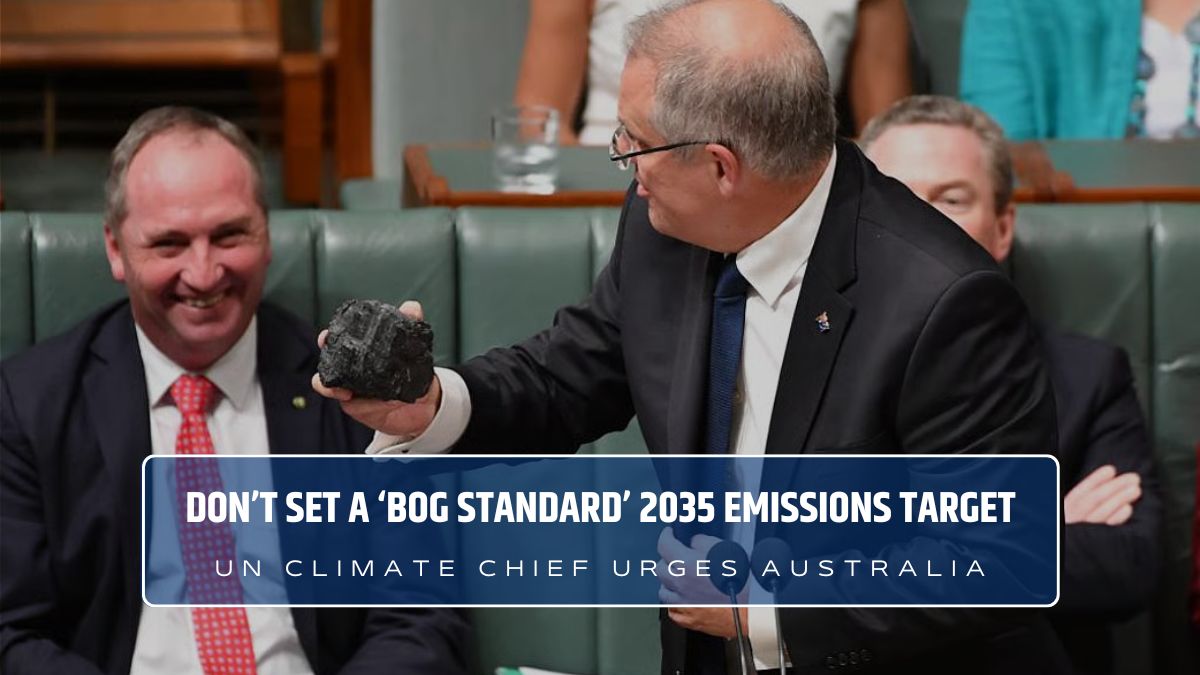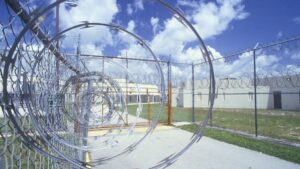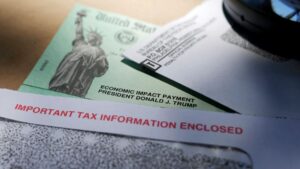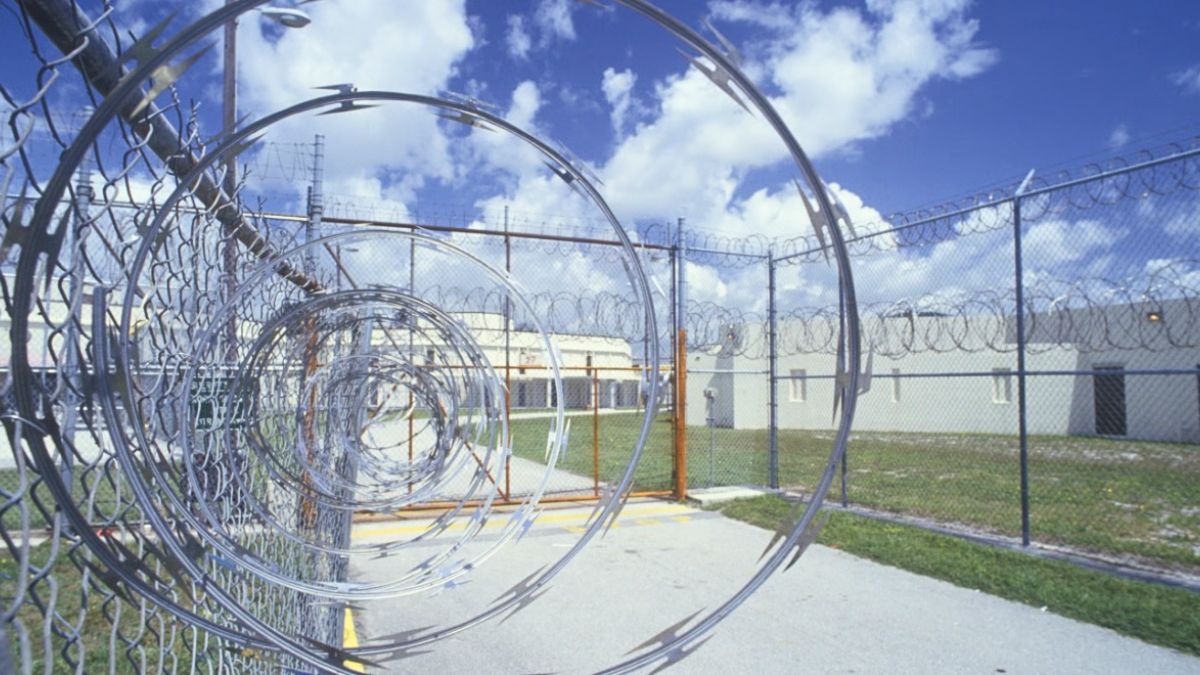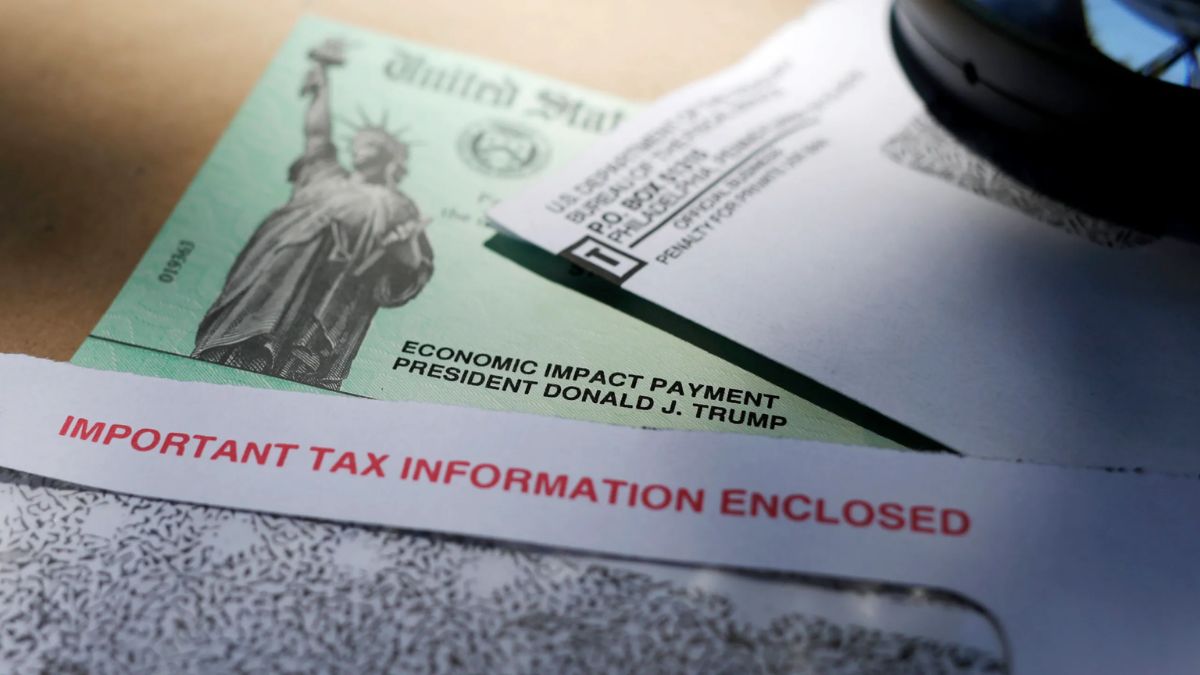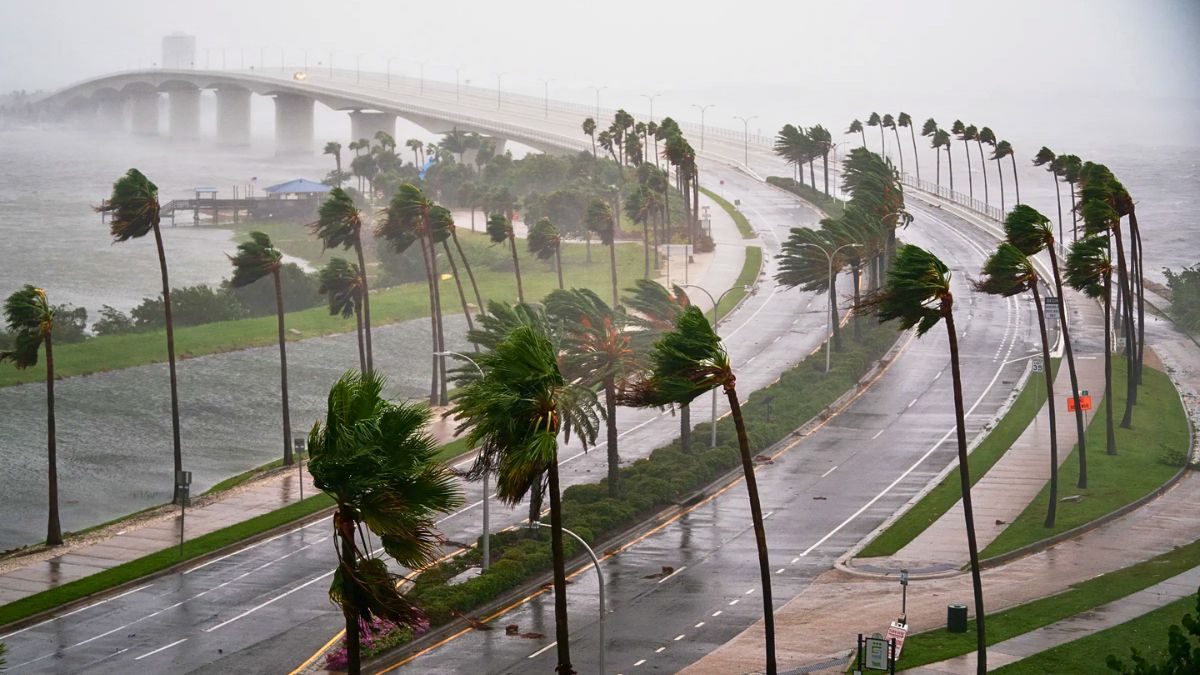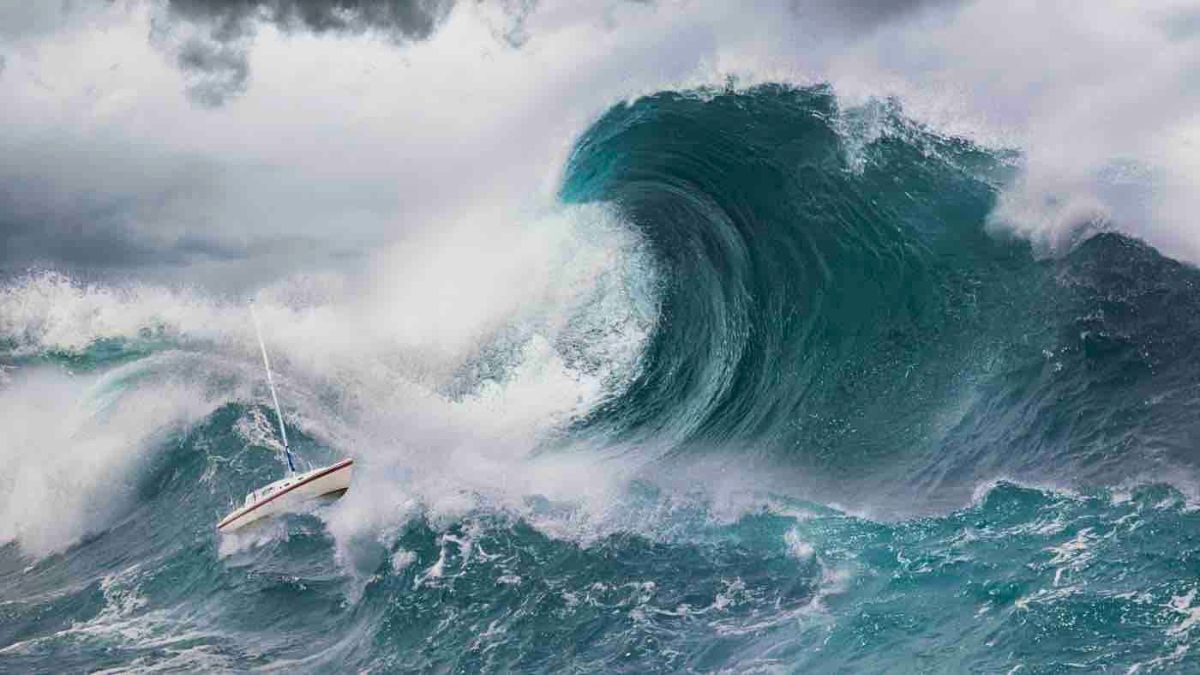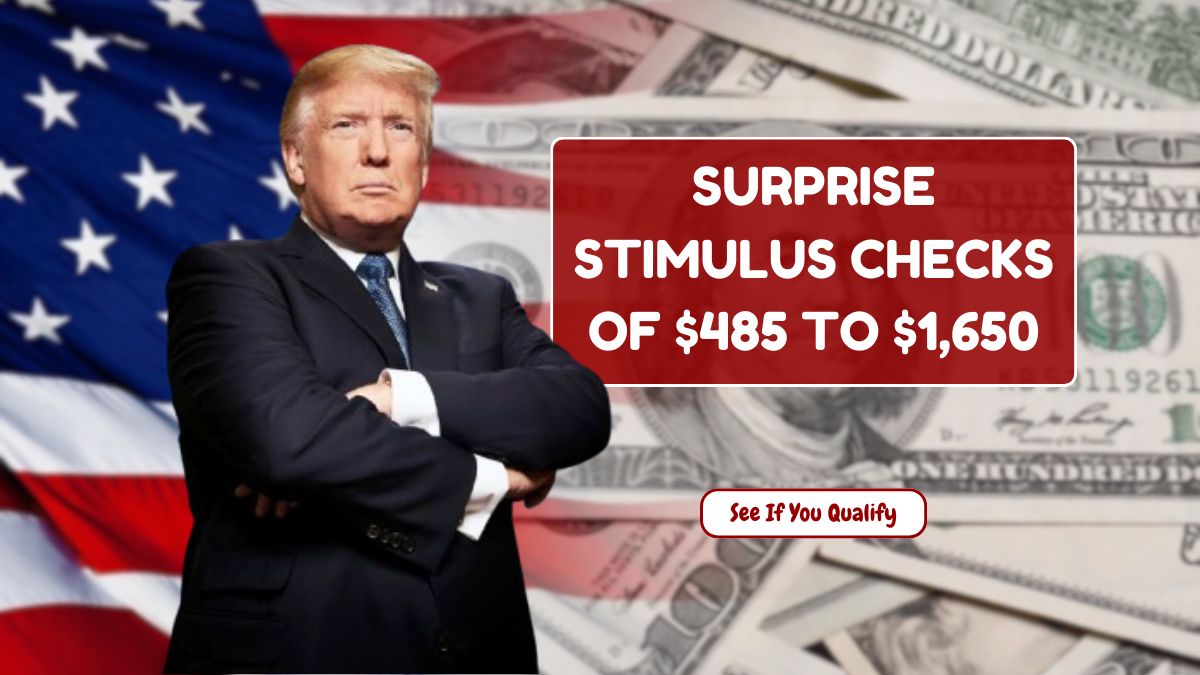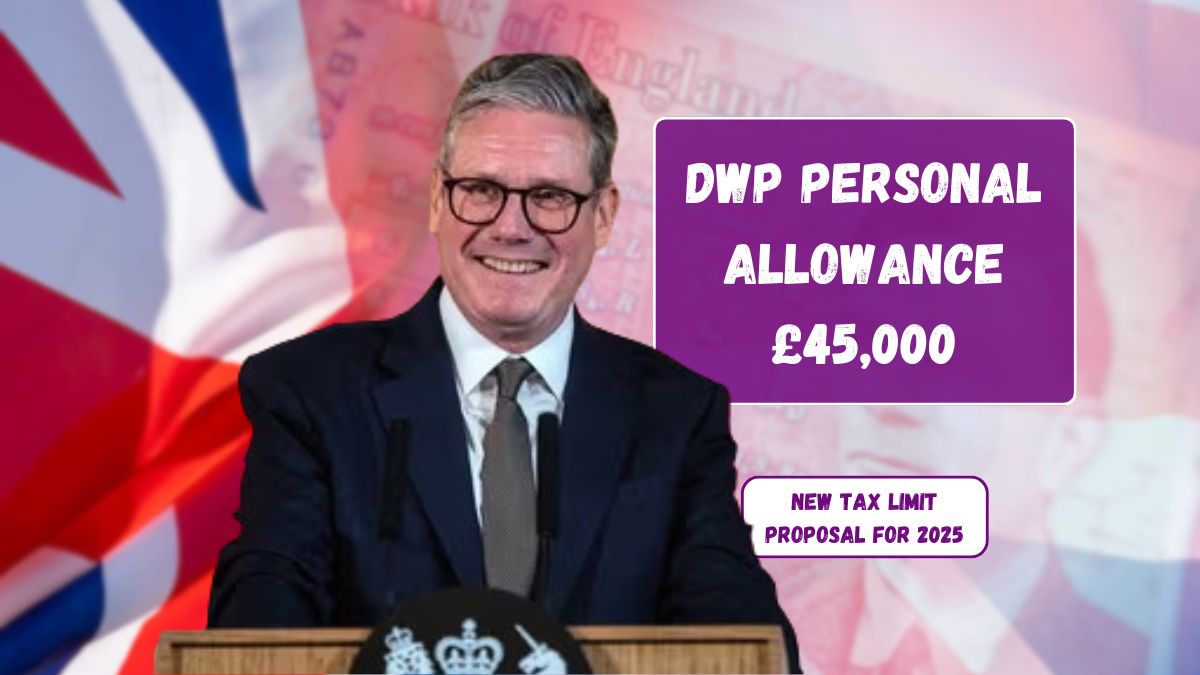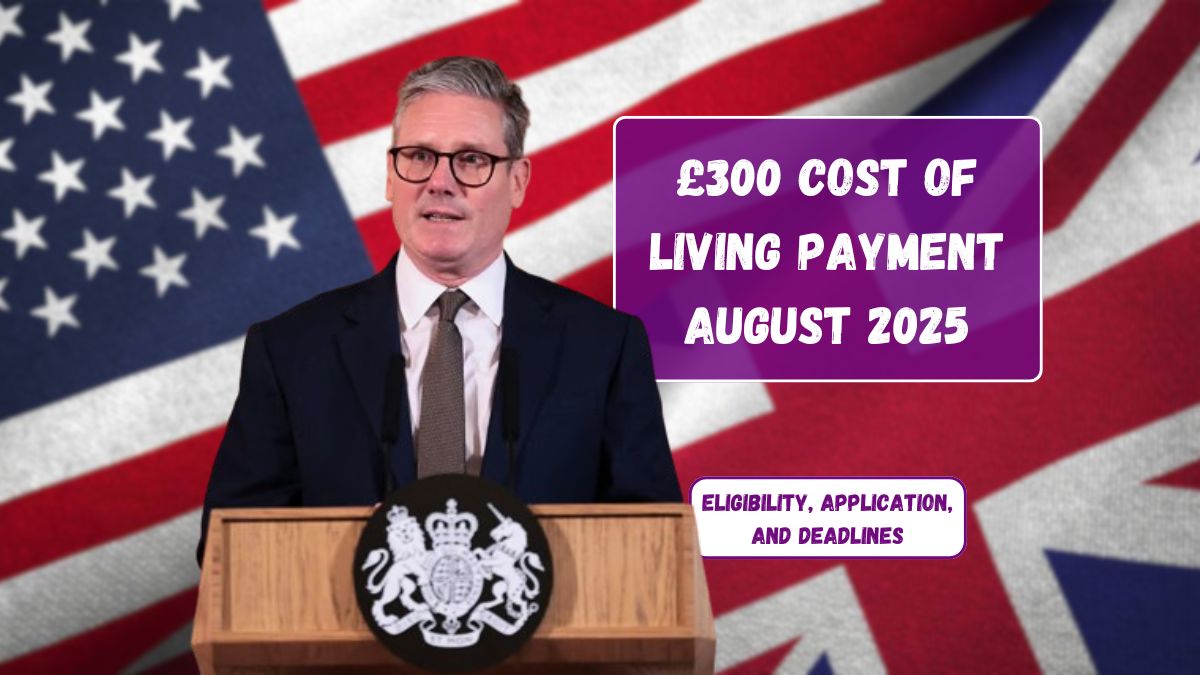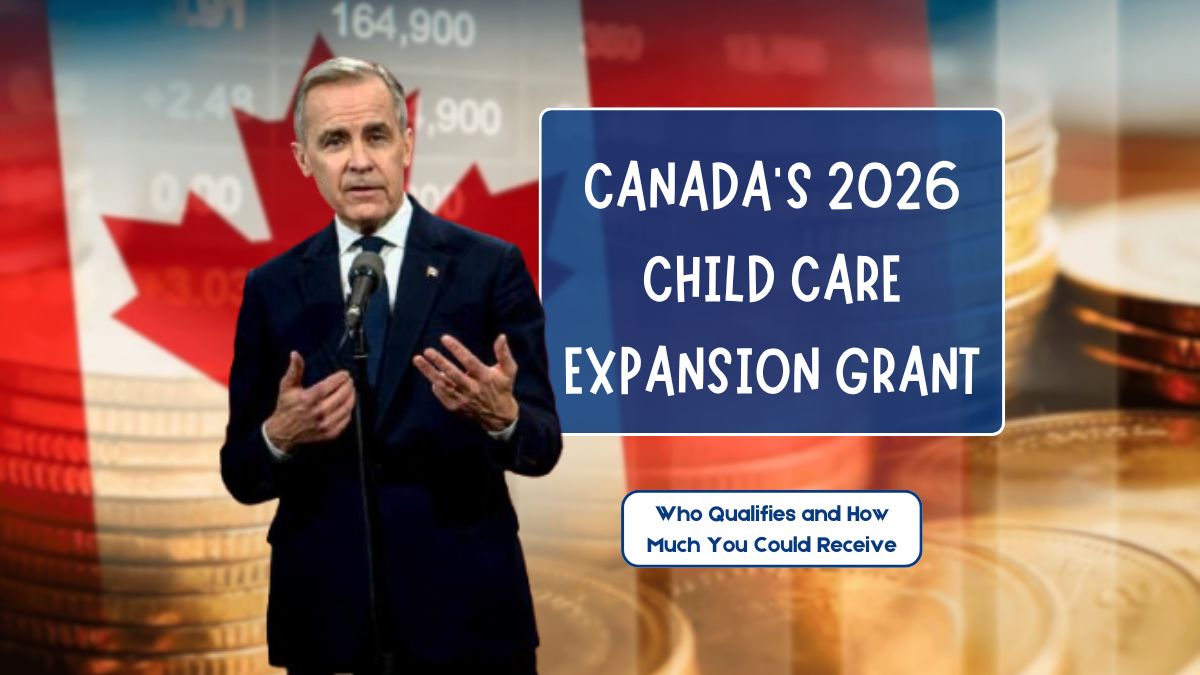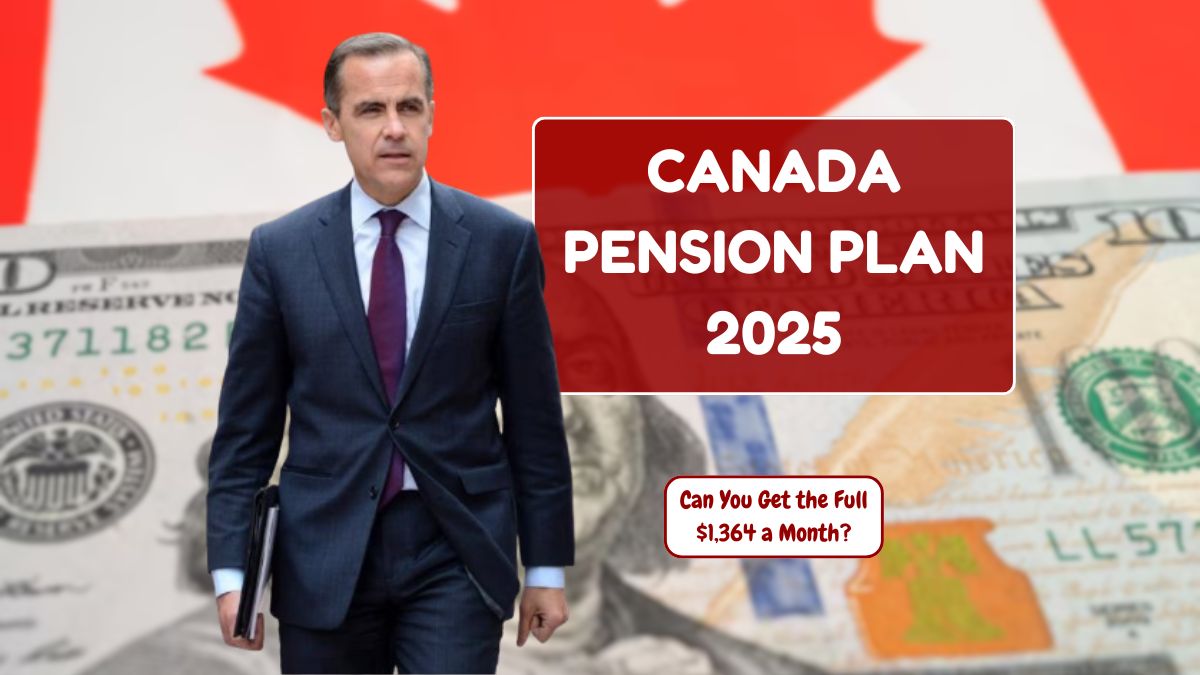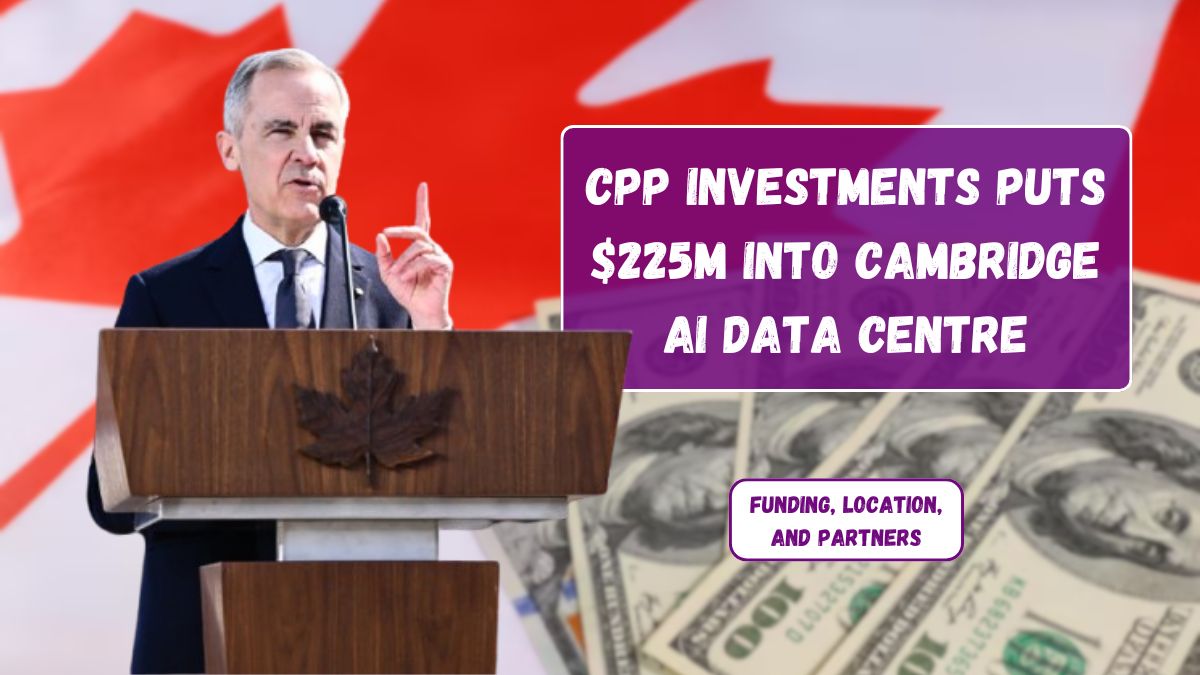Australia is standing at a climate crossroads. With the deadline for its 2035 emissions reduction target fast approaching, the pressure is mounting. According to Simon Stiell, the UN’s climate chief, this isn’t just another number — it’s Australia’s one shot to shape its economic future and secure its role in the global clean energy boom. He’s urging the Albanese government to avoid picking a “bog-standard” target and instead aim high. But what does aiming high really mean in this context? And what’s at stake?
Stakes
The science is loud and clear — climate change is already hitting Australia hard. From floods and bushfires to insurance premiums and home damages, climate-related disasters cost Australian homeowners around $4 billion a year. That’s not pocket change, and it’s only expected to grow. Economists warn that if Australia fails to act, it could face a $6.8 trillion blow to its GDP by 2050. And on an individual level? Every Australian could be $7,000 poorer each year.
But here’s the twist — this isn’t just about avoiding losses. It’s about unlocking gains. Global investment in clean technology is exploding. Countries like China and India are already pumping billions into renewables. If Australia gets its act together, it could be part of that boom — anchoring industries like green hydrogen, clean metals, and critical minerals right here at home.
Targets
So what’s the actual target on the table? The Climate Change Authority has suggested a cut of 65% to 75% by 2035 compared to 2005 levels. That’s what they call “ambitious but achievable.” Other climate organisations, including the Climate Council, want to go even further — they argue for net zero emissions by 2035 if Australia wants to keep global heating close to the 1.5°C limit in the Paris Agreement.
Compare that to the legislated 2030 goal of 43%, and you can see why this decision is such a big deal. Going from 43% by 2030 to 75% by 2035 would be a huge leap — but it’s the kind of leap that could redefine the nation’s economy.
Lobbying
The pressure is coming from all sides. On one hand, clean energy advocates and forward-thinking companies like Fortescue are backing the 75% target. On the other hand, traditional industry lobbyists are pushing for something far more modest — close to the 2030 goal.
And then there’s the political tug-of-war. While the Albanese government is trying to find the right balance, some within the Coalition are threatening to abandon the net zero 2050 target altogether. Nationals MP Barnaby Joyce has even tabled a bill to strip away most of Australia’s existing climate policies.
Opportunity
Stiell calls this moment Australia’s chance to get on the “on-ramp to the Asian clean tech boom.” What does that mean? Basically, Asia’s clean energy market is booming, and if Australia makes bold choices now, it could be a major player. That means jobs — hundreds of thousands of them. It means stable, long-term partnerships with trade allies. It means regional influence and national security through energy independence.
Australia has the resources. It has the technology. What it needs now is the political will.
Future
With the UN’s COP30 conference coming up in November, time is running out. The world is watching to see what Australia does next. A weak target might signal a lack of ambition and scare off clean tech investors. A strong one could open the floodgates for new industries, international investment, and economic resilience.
There’s no denying the road ahead will be tough. But as Stiell said, “every hard-fought inch will be worth it.” This is more than policy — it’s a statement of values, priorities, and vision for the future.
Australia has a rare shot to change the game. Will it play it safe or go big?

